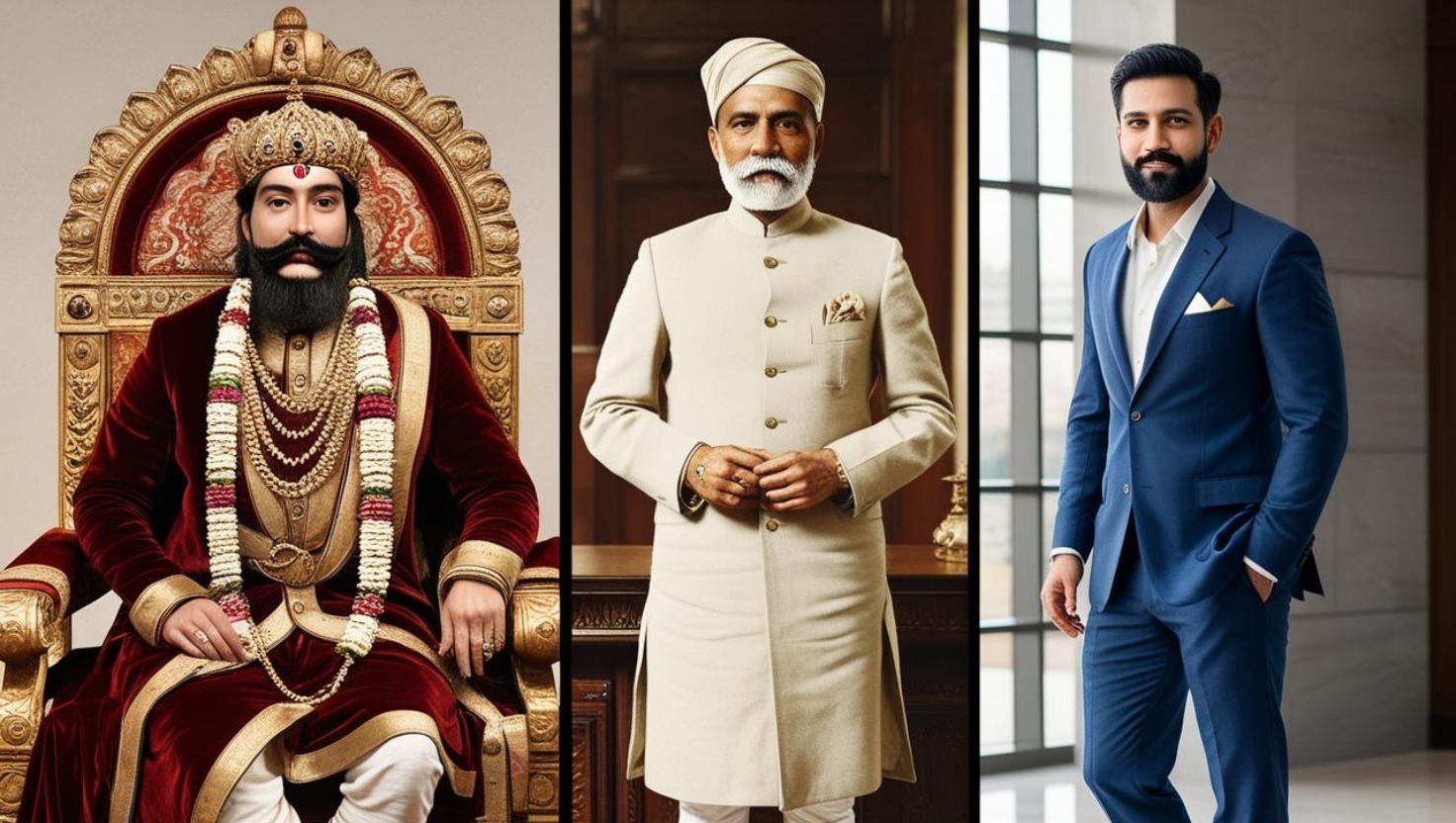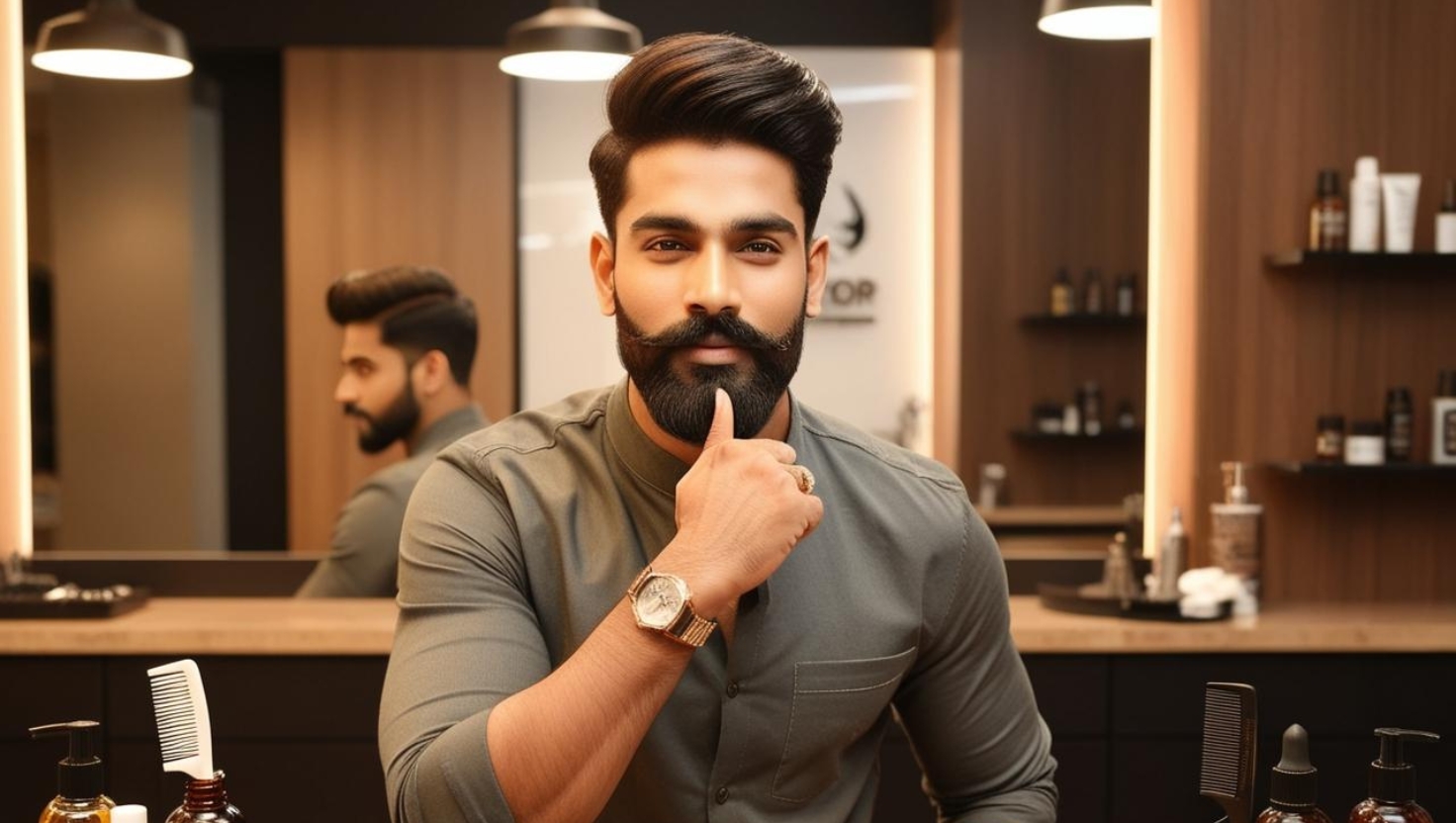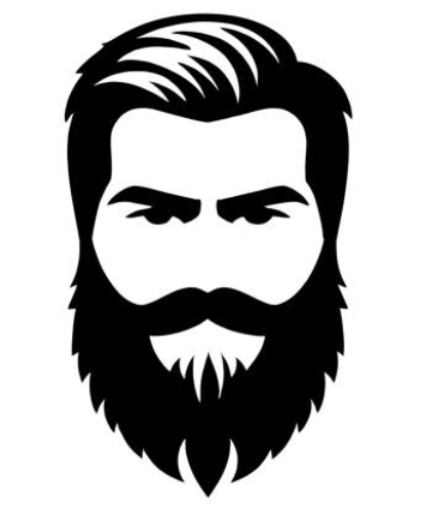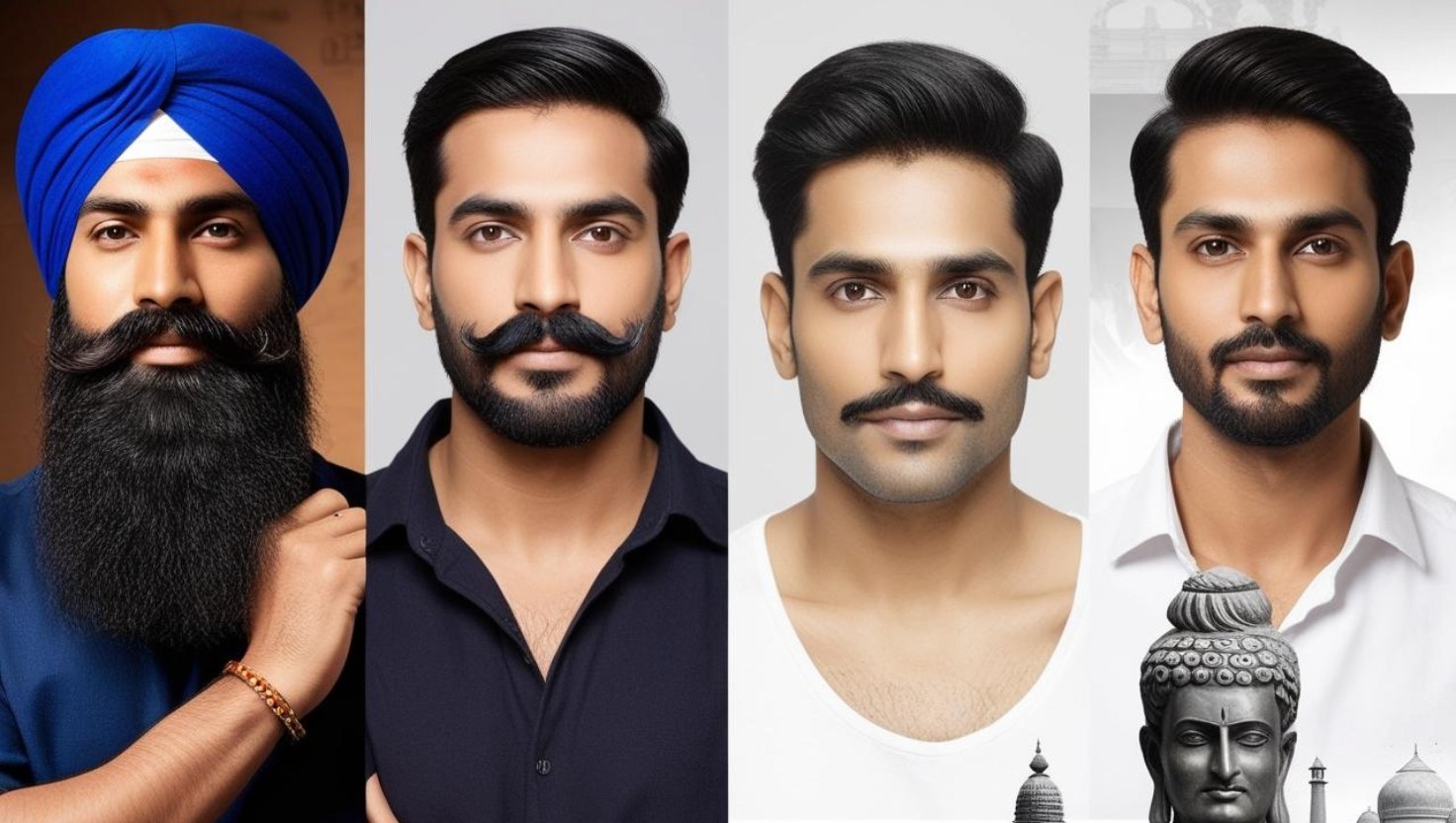Have you ever wondered about the diverse characteristics of facial hair among people from different cultures, particularly Indians? This question might seem simple, but it opens up a fascinating world of genetic variations, cultural perceptions, and personal grooming preferences. In this article, I will take you through an engaging exploration of whether Indians have facial hair, discussing genetic factors, historical contexts, cultural influences, and modern trends. Let’s start peeling back the layers of this intriguing topic.
Genetic Underpinnings of Facial Hair
The presence or absence of facial hair is predominantly dictated by genetics. Facial hair growth in humans is a polygenic trait, meaning multiple genes are involved. Individuals from different geographic regions come with distinct genetic backgrounds, influencing hair growth patterns, thickness, and color.
How Genes Play a Role
Men typically develop facial hair during puberty due to an increase in androgens like testosterone and dihydrotestosterone (DHT). These hormones trigger hair follicles to produce thicker hair. The genetic component determines how receptors in these hair follicles respond to hormones.
Indian Genetic Diversity
India is a land of abundant genetic diversity, with its population composed of numerous ethnic groups, each with unique genetic signatures. Hence, there’s no uniform facial hair characteristic across all Indians. For example, some communities like Punjabis tend to have thicker and denser facial hair, whereas others might have relatively sparse growth.
Historical Context of Facial Hair in India
Facial hair in India has not only a biological aspect but also a historical one. Different eras have seen varying trends and significance attributed to facial hair.
Ancient and Medieval Eras
In some ancient Indian texts and art, rulers and noble figures are often depicted with prominent beards and mustaches, showcasing masculinity and power. This trend continued into the medieval period, where facial hair was often associated with strength and authority.
Colonial Times
During British rule, there was an attempt to influence Indian grooming habits with Western styles. However, men in India often retained their traditional facial hair, which was sometimes seen as a symbol of resistance to colonial rule.

Cultural and Religious Influences
Culture and religion have a significant impact on grooming habits, including facial hair growth and styling. In India, various cultural groups and religions have their own interpretations and significances surrounding facial hair.
Sikhism
The Sikh religion emphasizes allowing one’s hair to grow naturally, which includes facial hair. Many Sikh men sport long beards and mustaches as a symbol of commitment to their faith and identity.
Hindu and Muslim Practices
Among Hindu and Muslim communities, facial hair styles can vary significantly. Hindu sages often maintained long beards as a symbol of wisdom. On the other hand, Muslim men might keep beards as a Sunnah, which reflects the practices of the Prophet Muhammad.
Other Cultural Influences
In various regions of India, mustaches have been regarded as a sign of masculinity and bravery. States like Rajasthan and Maharashtra have rich traditions of elaborate mustache styles that play a part in ceremonial attire.
Modern Trends and Personal Preferences
While historical and cultural contexts are critical, modern trends significantly influence personal grooming habits. Today, Indians have access to a broad array of grooming products and styles.
Urban and Cosmopolitan Styles
Urbanization and globalization have introduced a fusion of different styles. In cities, clean-shaven looks, stubbled chins, or fully grown beards are all visible, often inspired by film and sports personalities.
The Influence of Bollywood and Sports
Bollywood actors have a substantial impact on fashion and grooming trends in India. Stars such as Hrithik Roshan, Ranveer Singh, and Shahid Kapoor influence countless looks, affecting how Indian men choose to style their facial hair.
Grooming Products and Services
The availability and popularity of grooming products, from beard oils to shaving creams, have empowered men to experiment with their facial hair. Barber shops often offer personalized grooming services which cater to a wide array of style preferences.

Considerations for Growing Facial Hair
For those interested in growing facial hair, there are practical aspects to consider, including maintenance and the choice of style.
Health and Nutrition
A balanced diet plays a crucial role in hair growth. Nutrients like biotin, vitamins A, C, and E, as well as zinc, contribute to healthy hair follicles.
Skincare and Routine
Regular cleansing and moisturizing are essential to maintaining healthy facial hair. It’s also important to trim and shape facial hair to enhance its appearance.
Style Selection
Choosing the right style can depend on multiple factors such as face shape, hair type, and personal lifestyle. It’s useful to consult a stylist or barber to find a look that complements one’s natural attributes.
Conclusion
The question of whether Indians have facial hair is not just a simple yes or no. It is a fascinating interplay of genetics, culture, history, and personal choice. Across geographical regions and time periods, Indians have embraced a myriad of styles and have attached varied meanings to facial hair. Today, facial hair in India continues to be a deeply personal and cultural attribute, reflecting a unique blend of tradition and modernity. Whether one chooses to grow a luxuriant beard, a nuanced mustache, or maintain a clean-shaven face, each choice tells a story shaped by a fascinating convergence of factors. Regardless of the decision, facial hair remains an expressive avenue for individuality and identity.

